A rock may be a combination of different mineral elements such as Silica which contain Silicon and Oxygen.
All these rocks differ from one another in texture, structure, colour, permeability, mode of occurrence and degree of resistance to denudation.
Types of rocks:
All rocks are classified into three major types igneous rock, sedimentary rocks and metamorphic rocks based on their origin (mode of formation) and appearance.
(1). Igneous Rocks.
Igneous rocks are formed by the cooling and solidification of molten rocks called magma ejected from beneath the earth's crust. The magma which results from high temperature and pressure beneath the earth, forces itself towards the earth's surface through cracks. As the magma moves towards the surface, it comes in contact with lower temperature; hence it cools and solidifies to form igneous rocks.
There are two types of igneous rocks.
(a) Plutonic (or intrusive) Igneous rock: These are rocks formed when the molten magma cools and solidifies slowly before it get to the surface of the earth to form large crystals. As a result of prolonged erosion, the plutonic igneous rocks will later be exposed to the surface. Examples of plutonic igneous rocks are granite, gabbro and diorite.
(b) Volcanic (or extrusive) Igneous rocks: These rocks are formed when the molten magma cools and solidifies rapidly on getting to the surface of the earth to form small crystals. Example of volcanic igneous rock is basalt.
Characteristics:
(i) Igneous rocks are Crystalline in structure i.e. they contain Crystals.
(ii) They do not occur in Layers i.e. they are non-stratified rocks.
(iii) They do not contain fossils.
(iv) They are usually hard and impervious.
(v) They are resistant to erosion and other elements of climate.
(2). Sedimentary Rocks.
These sediments are put down in layers or strata one on top of the other and after a long period, they become hardened by compression to form sedimentary rocks. Sedimentary rocks are stratified rocks, and the plane between two strata is called bedding plane.
There are three types of sedimentary rocks based on their process of formation. These are:
(a) Mechanically formed sedimentary rocks: These are formed from sediments of other rocks that have accumulated, and cemented together over a long period. Examples include sandstone, breccia, shale, clay, and conglomerate.
(b) Organically formed sedimentary rocks: These are rocks formed from the remains of the Living organisms. When sedimentary rocks are formed from the remains of animals like coral or shellfish, such rocks are called Calcareous e.g. Limestone and chalk. But when sedimentary rocks are formed from the remains of vegetable matter such as swamps and forests, they are called Carbonaceous rocks e.g. Coal, Peat, Lignite, Petroleum etc.
(c) Chemically formed sedimentary rocks: These rocks are precipitated chemically from rock solutions. Examples include potash, sodium chloride (common salt), Nitrate, gypsum and dolomite.
Characteristics:
(i) They occur in layers or strata.
(ii) The rocks may be coarse, fine, soft or hard.
(iii) They do not exist in crystals i.e. they are non-crystalline in structure.
(iv) They contain fossils of plants and animals.
(v) They are not resistant to erosion.
(3). Metamorphic Rocks.
Metamorphic rocks are changed rocks. The rocks are formed from pre-existing igneous or sedimentary rocks which have been changed as a result of great heat and pressure. The original character and appearance may be greatly altered or changed slate, marble, Quartzite, Gneiss, Schist and Graphite.
Slate is formed from clay, marble is formed from limestone, Quartzite is formed from sandstone, Gneiss is formed from granite, and schist is formed shale while Graphite is formed from coal.
Characteristics:
(i) Some may occur in layers or strata.
(ii) The rocks may be hard or soft.
(iii) They are not crystalline in structure.
(iv) They exist in different colours and texture.
(v) They may contain fossils.







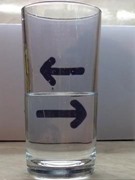




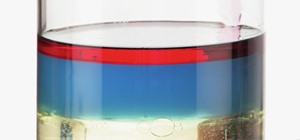
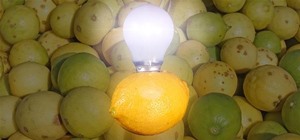
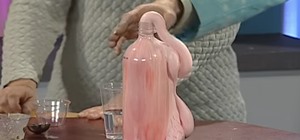
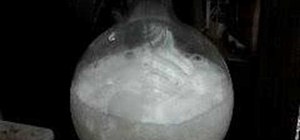
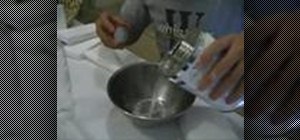

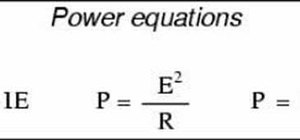
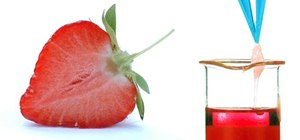
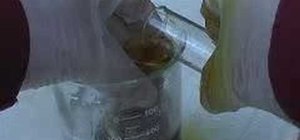



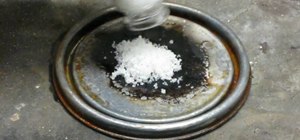
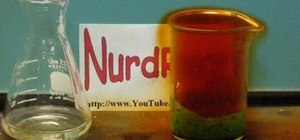
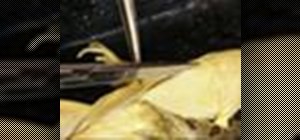



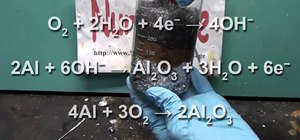

Be the First to Respond
Share Your Thoughts